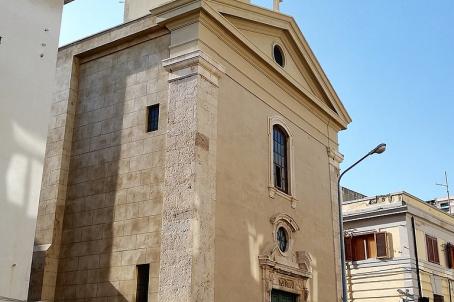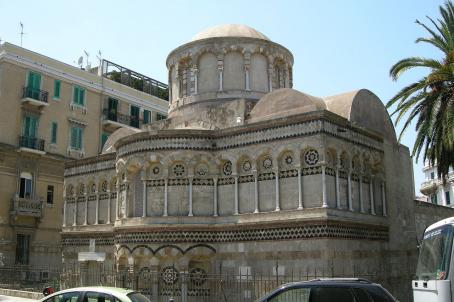Chiesa di Santa Maria Alemanna

The church of Santa Maria Alemanna, founded in 1195, is a fine example of Gothic art in the Mediterranean region. Around 1485, the church was abandoned by the Teutonic Knights and passed into the care of the Arciconfraternita dei Rossi, which ran the adjacent hospital. In 1571, after the battle of Lepanto, a remarkable person found refuge here, the Spanish writer Miguel de Cervantes.





